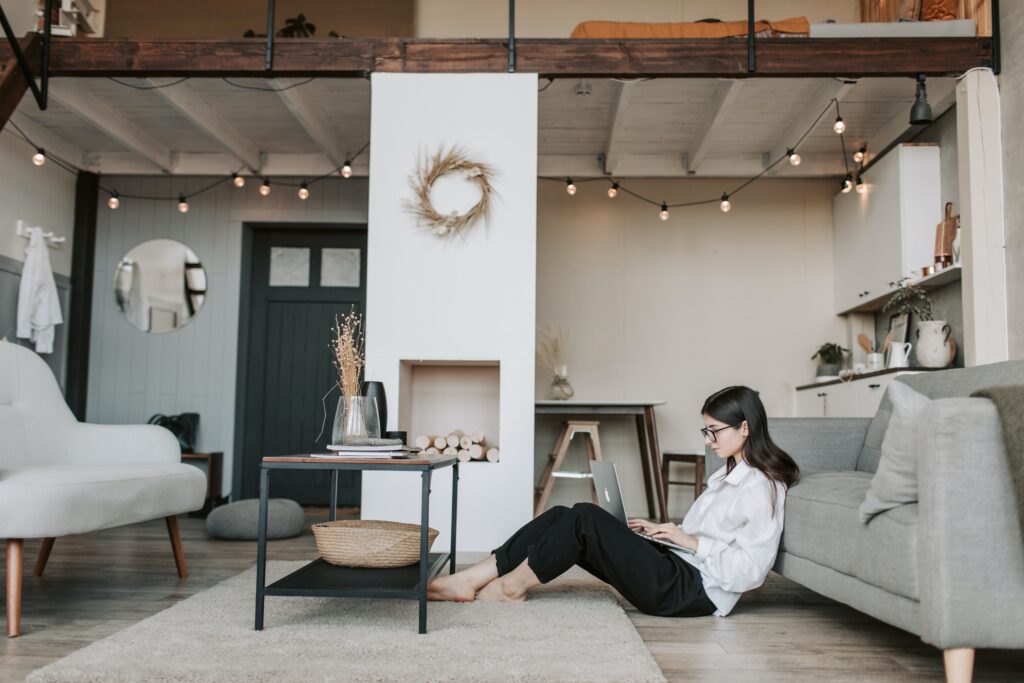Not everyone who experiences trauma will respond in the same manner, but you can do things to mitigate the potential side effects associated with trauma. One healthy way to cope is by creating a space where you can feel emotionally, physically, and mentally safe. We recommend working with a therapist or speaking with a loved one who can provide an outside perspective when you begin looking for ways to build yourself safe spaces.
The Effects of Trauma
Some common traumas that increase the risk of developing a mental health disorder include:
- Physical or sexual abuse
- Neglect
- Unexpected life changes
- Terrorist activity, including mass shootings and bombings
- Living or working in a war zone
- Natural disasters like hurricanes and tornadoes
- Severe injury caused by an accident
- Going through a severely stressful or painful event
Researchers are still unsure what causes some people to be more prone to developing trauma-related responses like post-traumatic stress disorder (PTSD). They have been able to determine that there are physical changes to the brain after someone experiences something that leaves them traumatized. It is essential to find ways to decrease these neurological changes by learning coping mechanisms and adaptive behaviors. You can do this by creating a safe space where your body feels comfortable and can relax. Stress is often a cause of neurological changes.
Finding a Safe Space
A safe “space” does not have to be a physical location and can include the following:
- A mental construct or “happy place” in your mind that you can meditate on that makes you feel safe.
- A person that makes you feel safe when you are with them.
- An object that you can carry with you that makes you feel safe when you are near it.
5 Steps to Create a Safe Space
Creating a safe space includes the following steps:
#1. Identify places, thoughts, or people who make you feel relaxed and do not evoke traumatic thoughts.
#2. Analyze what about that space feels safe to you.
#3. Spend time in that space.
#4. Practice meditation, relaxation, and deep breathing techniques while in your safe space to increase the feelings of calm and peace.
#5. Work with a therapist or loved one to expand your safe space over time to include a more extensive physical area and more people.
The Dangers of Relying on Short-Term Coping Mechanisms
You can use safe spaces in the short term as a way to cope, but you should be aware that it is not a long-term solution, and you should not rely on it indefinitely. A safe space can become maladaptive if you use it as an excuse not to get treatment for your trauma. Try not to use it as an avoidance tactic for seeking help.
Expanding Your Safe Space
The world requires you to go outside of your safe space to attend to specific responsibilities, and that always feels daunting. You might want to avoid the outside world and exist within that bubble of safety you have created for yourself. However, there are some things you can do to expand it.
For example, if you were in a severe car accident and do not feel physically secure leaving your home to drive to therapy, telehealth can be a good solution. You can expand your safety to include speaking to a mental health professional over your computer or smart device. With time you can expand your safe space to include yourself, others, and locations you frequent.
Therapies That Can Help With Trauma Recovery
Trauma is linked to substance use disorders (SUDs) in several ways. Many people try to treat the symptoms of their distress by self-medicating, which potentially could develop into a SUD. There is also a spike in relapse risk after going through a traumatic event, so finding ways to feel secure is essential.
Research by the Substance Abuse and Mental Health Services Administration (SAMHSA) reported that “individuals who have experienced trauma are at an elevated risk for substance use disorders, including abuse and dependence.” The possible risk factors associated with trauma make it essential that you find treatment and ways to lower your chances of relapsing or developing other conditions.
Safe spaces are not a substitute for therapy or other treatments and instead should are places where your mind and body feel at peace. You should still get professional help to learn how to integrate the event into your life view in a healthy way. Avoiding treatment will only leave you vulnerable to worsening symptoms and possible relapse. Therapies that are known to treat trauma successfully include the following.
- Cognitive Processing Therapy (CPT)
- Cognitive-Behavioral Therapy (CBT)
- Prolonged Exposure Therapy
- Eye Movement Desensitization and Reprocessing (EMDR)
- Stress Inoculation Therapy
Living through a traumatic event can affect all areas of your recovery. Trauma can make the whole world feel like a minefield, and you may have trouble identifying people and places that are safe. One way to move forward is to find a place you feel secure that you can build on. Often referred to as a “safe space,” it can include people, items, or locations where you can relax and feel comfortable. Trauma can significantly impact substance use disorders which makes it easier to treat them. There is a wide range of evidence-based treatments available. Facilities like Everlast Recovery Centers have the expertise and therapy options available to help you. You do not have to live in fear. The trauma does not have to control your life or stop you from reaching out to get help. Build a hope-filled and safe future by calling Everlast Recovery Centers today at (866) 338-6925.





